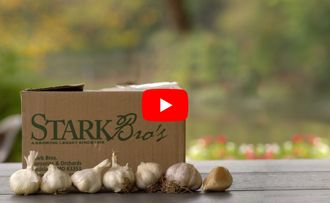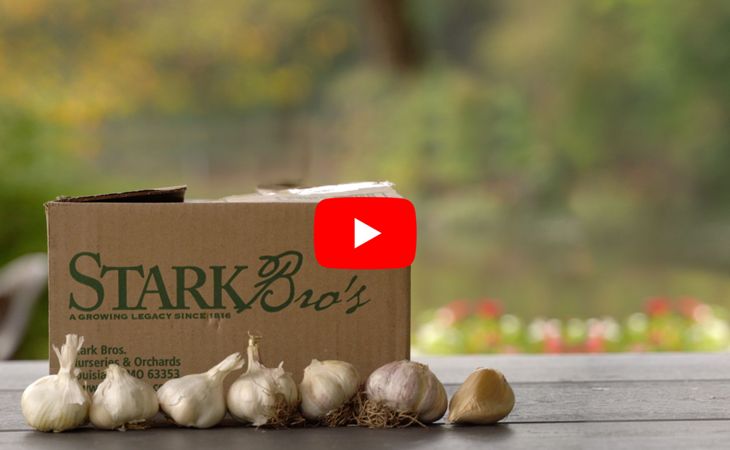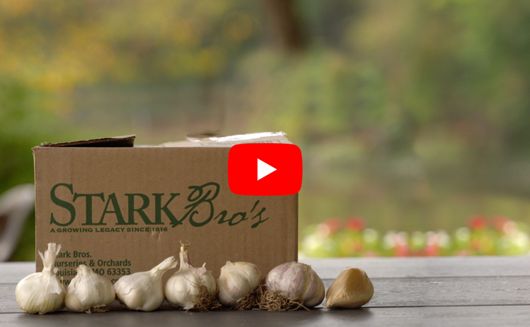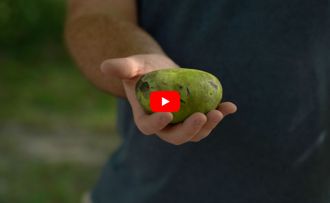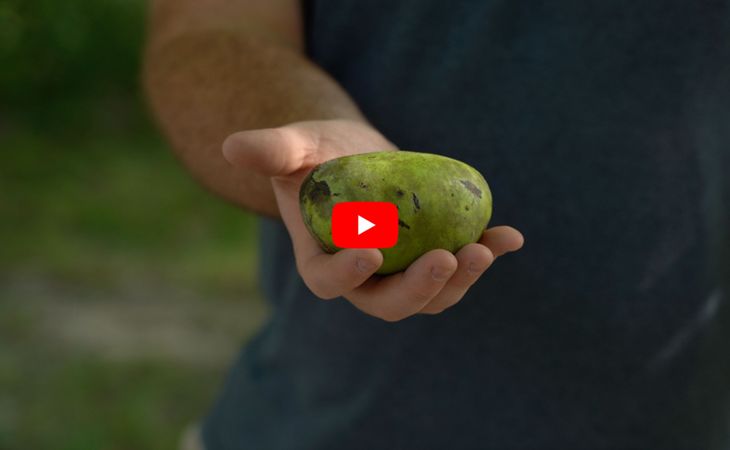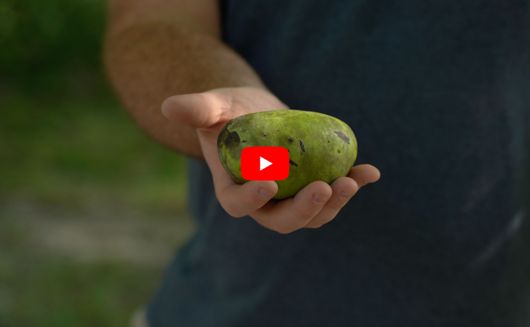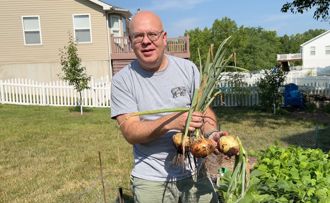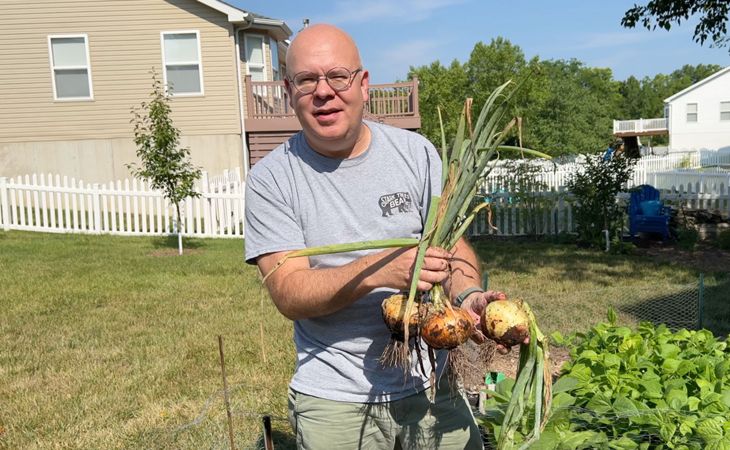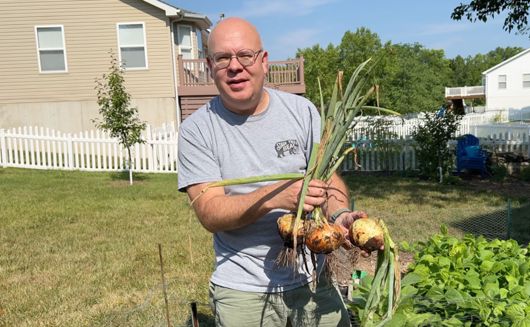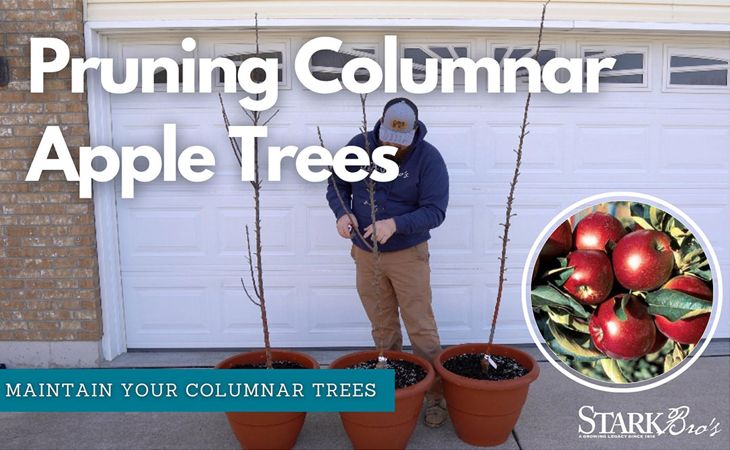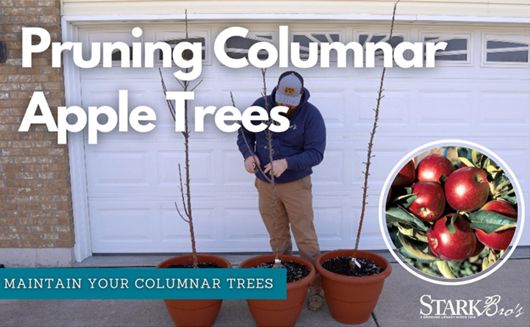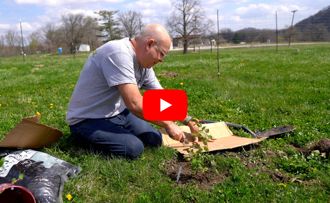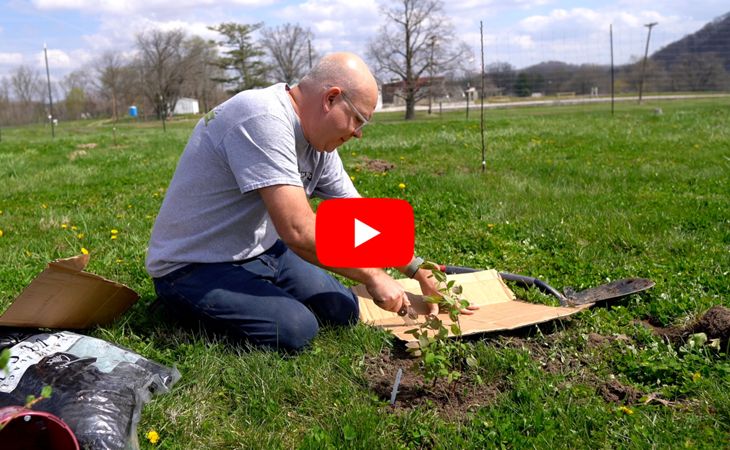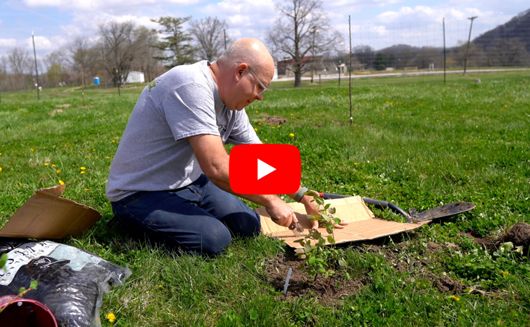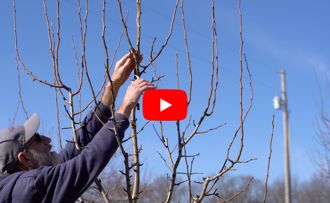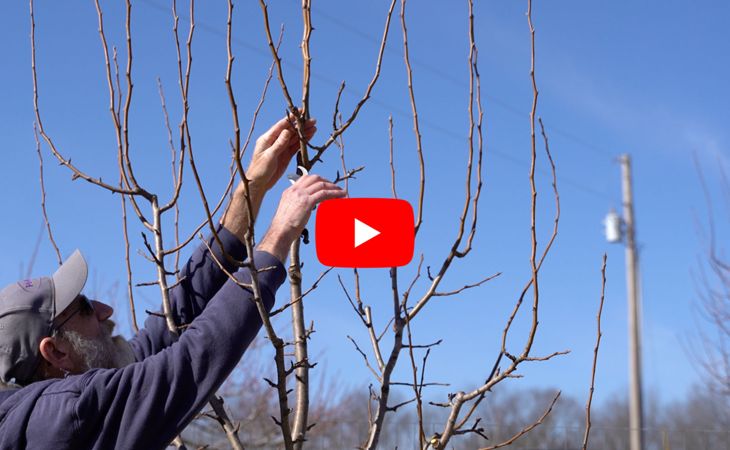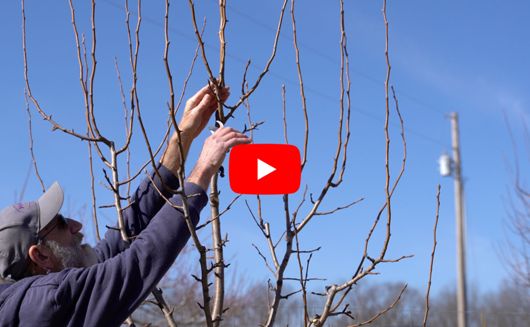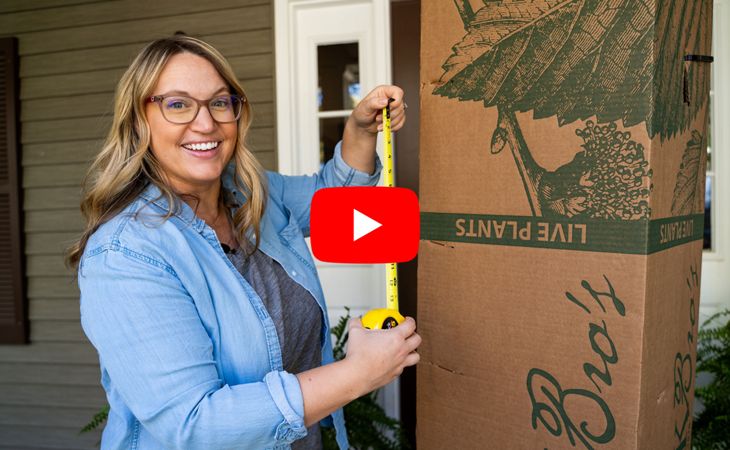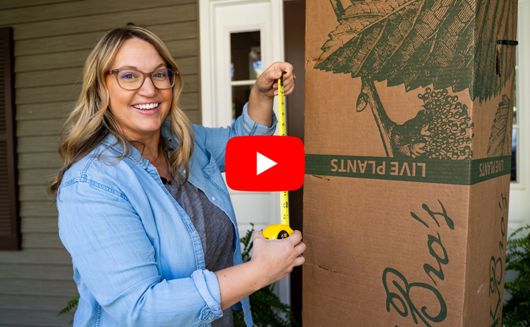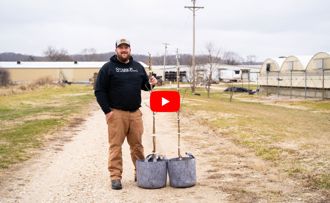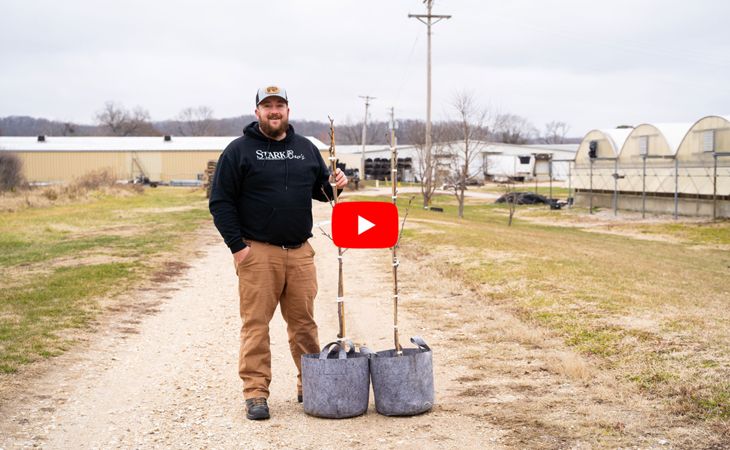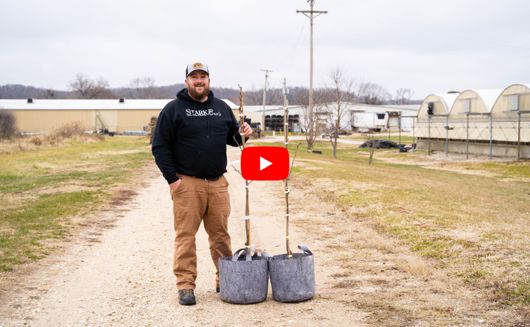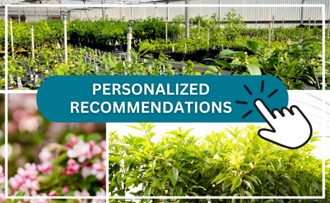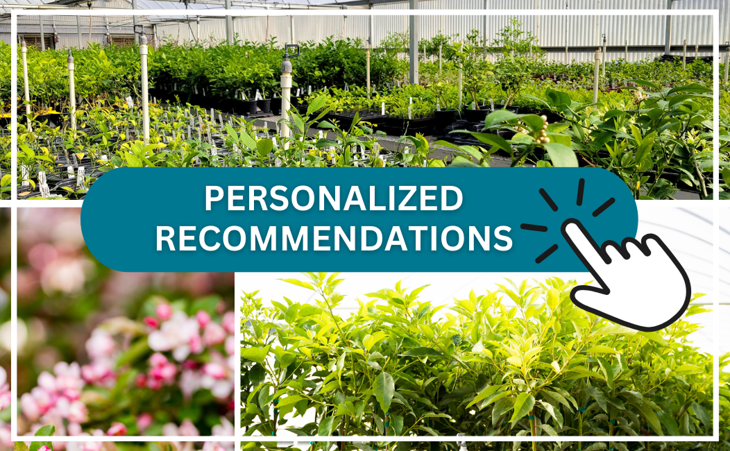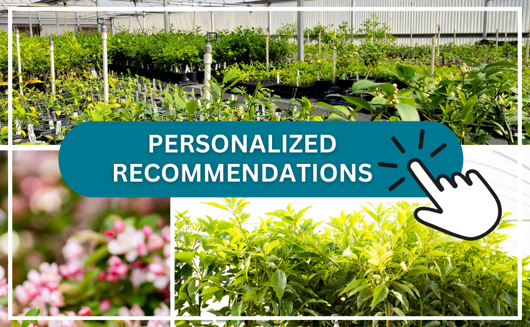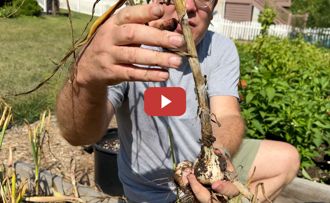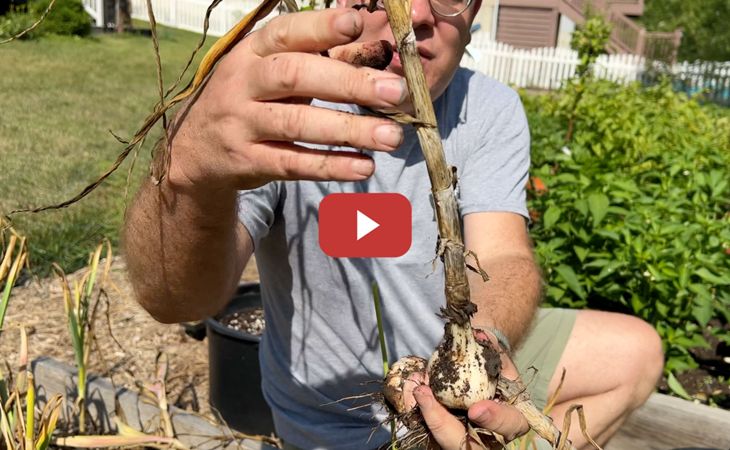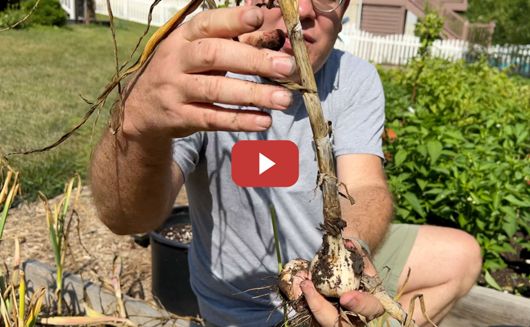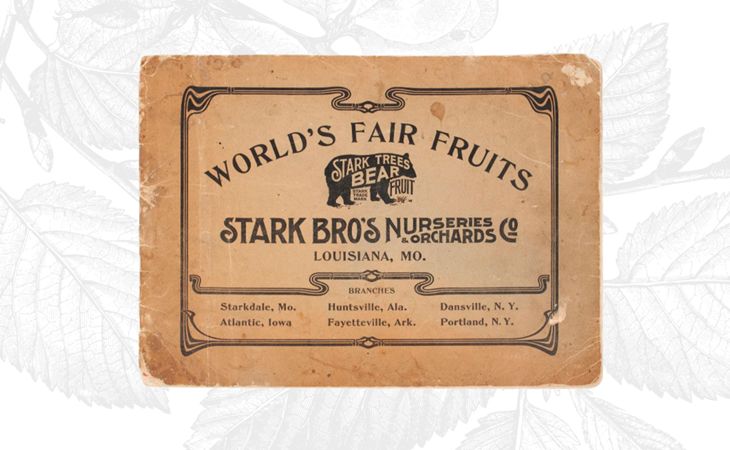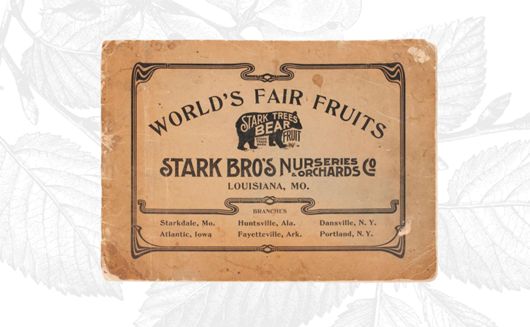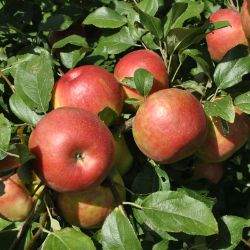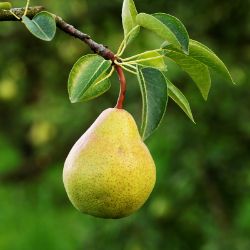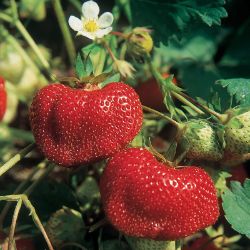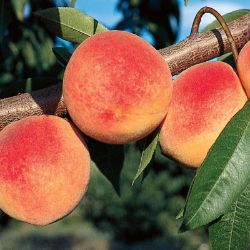Thriving in the High Desert: A Guide to Growing Fruit


It’s an environment characterized by its arid climate, rugged terrain, and extreme temperature fluctuations. While the high desert may seem like an inhospitable place for fruit cultivation, the truth is that you can indeed grow a thriving fruit garden in this unique and challenging landscape.
From the sunny slopes of New Mexico to the rugged terrains of Nevada and even the picturesque high desert regions of California, there's an abundance of opportunities for those willing to embrace the conditions and rewards of fruit gardening.
Challenges of Growing Fruit in the High Desert
Gardening in the high desert poses a unique set of challenges that can test the patience and resilience of even the most seasoned green thumbs. The primary hurdle is the unpredictable and often extreme fluctuations in temperatures, with scorching hot days giving way to chilly nights. Late frosts add an additional layer of difficulty, threatening tender plants. Limited rainfall is a constant concern, requiring careful water management strategies to ensure plants receive adequate moisture. Furthermore, the relentless high winds.
Despite these challenges, successful gardening in the high desert is achievable with strategic planning and the right approach. Opting for drought-resistant and cold-tolerant plant varieties is a key step, as is investing in efficient irrigation systems such as drip irrigation to maximize water use. Creating windbreaks, either with natural features or artificial structures, can help shield plants from the harsh gusts. By understanding the unique demands of the high desert and making informed choices, gardeners can not only overcome these obstacles but also thrive in cultivating a resilient and vibrant garden that defies the odds.

Fruit Trees and Plants for the High Desert:
Choosing the right fruit varieties for your high desert garden is pivotal, considering the challenging conditions. Opt for plants known for their resilience in arid, high-altitude climates, ensuring they can withstand the unique demands of your environment. Before planting, it's crucial for growers to take note of the required chill hours for fruit trees or plants, ensuring compatibility with the specific climate of their high desert area.
On our website, you can easily find plants suited to your area, but here are some edibles that thrive in the high desert:
- Apple Trees: Varieties like Gala, Fuji, and Honeycrisp are excellent choices for desert regions, exhibiting both drought tolerance and adaptability to fluctuating temperatures.
- Peach Trees: Cold-hardy and late-blooming varieties such as Redhaven or Reliance are well-suited to the high desert, standing up to late frosts and harsh temperature variations.
- Cherry Trees: Opt for tart cherries like Montmorency, known for their ability to flourish in dry gardens and resist the challenges of limited water. The tart flavor of sour cherries intensifies in the dry climates of the high desert, creating a unique and sought-after culinary profile.
- Plum Trees: European plum trees are an excellent choice for the high desert due to their exceptional drought tolerance, adaptability to dry climates, and resilience to temperature fluctuations. In this challenging environment, they not only endure but thrive, yielding a bountiful harvest of succulent plums.
- Grapes: Grapes, well-suited to the high desert, flourish in the sunny days and tolerate occasional harsh winds. With their ability to thrive in arid conditions, varieties like Thompson or Concord transform the challenging high desert landscape into a fruitful haven, offering both resilience and a sweet harvest.
- Pomegranates: With their remarkable heat tolerance and low water requirements, pomegranates, such as Wonderful stands out as a fantastic choice for high desert gardens in California.
- Figs: Cultivated figs, notably Brown Turkey, flourish in dry and sunny conditions, making them an ideal addition to your high desert garden.
- Brambles: growing blackberries and raspberries requires strategic planning to overcome the region's arid challenges. Selecting drought-resistant varieties and implementing efficient water management, such as drip irrigation and even shade cloth, is essential to ensure these hardy berries thrive in the intense desert sun.
This list is just a starting point!
Strawberries, gooseberries, herbs, and hardy veggies can also thrive in these conditions. Reach out to your local gardening community to see what performs best in your area. By selecting these varieties, specifically chosen for their suitability to your micro-climate, you set the foundation for a successful and fruitful gardening experience.
Tips for Gardening in the High Desert:
Before embarking on the journey of growing fruit in the challenging high desert environment, it's essential for gardeners to take the time to get to know their land intimately and leverage the resources available to them.

One of the first steps in this process is understanding the unique characteristics of your location. Soil composition, sunlight exposure, prevailing winds, and the presence of microclimates can vary significantly within the high desert region. Conduct a thorough soil test to determine its pH, nutrient levels, and drainage capacity. This knowledge will guide your selection of fruit varieties that are best suited to your specific conditions.
Often described as a short growing season due to its challenges, high desert areas must plan to make best use of their time and efforts. Once you’ve chosen your fruit varieties, here are some essential tips to ensure your success:
- Soil Preparation: High desert soil is often sandy and lacks organic matter. Amend your soil with compost to improve fertility and water retention.
- Water Management: Efficient watering is vital. In addition to storing rainwater, consider drip irrigation systems to deliver water directly to the root zones and minimize water wastage.
- Protection from Wind & Sun: Plant wind breaks or create microclimates to shield your fruit trees from strong winds. Consider growing in a greenhouse or applying shade cloth when necessary.
- Proper Pruning: Regularly prune your fruit trees to maintain their shape, improve air circulation, and increase fruit production.
- Mulching: Mulch around the base of your trees to conserve soil moisture and deter weed growth.
- Timing: Pay attention to your region's unique climate and frost patterns. Protect blossoms from late spring frosts to ensure fruit set. Have a plan to cover plants if possible.
- Pest and Disease Management: Learn about common pests and diseases in your area and take preventive measures to protect your fruit trees.
- Patience: Fruit trees take time to establish and produce a bountiful harvest. Be patient and persistent in caring for your orchard.
Conclusion:
Growing fruit in the high desert can be a rewarding and sustainable endeavor. With the right fruit varieties, proper care, and attention to the unique challenges of the region, you can enjoy the sweet taste of success in your own backyard orchard. So, roll up your sleeves, put on your gardening gloves, and get ready to savor the fruits of your labor in the beautiful high desert landscape.
If you grow fruit in a similar, challenging environment, we would love to hear from you! Join the conversation on Facebook.
- Article Categories:
- Frequently Asked Questions
- How To Grow


